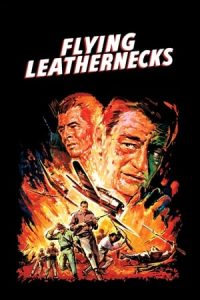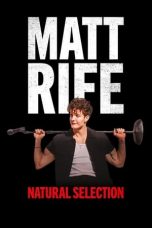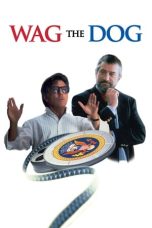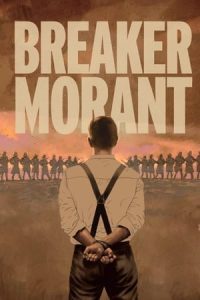- Source: 1951 Australian federal election
The 1951 Australian federal election was held in Australia on 28 April 1951. All 121 seats in the House of Representatives and all 60 seats in the Senate were up for election, due to a double dissolution called after the Senate rejected the Commonwealth Bank Bill. The incumbent Liberal–Country coalition led by Prime Minister Robert Menzies defeated the opposition Labor Party led by Ben Chifley with a modestly reduced majority, and secured a majority in the Senate. This was the last time the Labor party ever held a Senate majority. Chifley died just over a month after the election. This was the sixth and last federal election prior to the death of George VI a year later.
Issues
Although the Coalition had won a comfortable majority in the House in 1949, Labor still had a four-seat majority in the Senate. Chifley thus made it his business to obstruct Menzies's agenda at every opportunity. Realizing this, Menzies sought to call a double dissolution at the first opportunity in hopes of gaining control of both houses. He thought he had his chance in 1950, when he introduced a bill to ban the Australian Communist Party. However, after a redraft, Chifley let the bill pass.
A few months later, the Senate rejected the Commonwealth Bank Bill 1950, in which the Coalition government aimed to establish a "Commonwealth Bank Board", which Labor believed would be filled with private banking interests. This finally gave Menzies an excuse to call a double dissolution. While the Coalition lost five House seats to Labor, it still had a solid mandate. More importantly, it picked up six Senate seats, giving it control over both chambers.
The 1951 election was the first double dissolution election since single transferable vote with proportional representation became the method for electing the Senate in 1949. With close opinion polls and no minor parties having a credible chance of winning a seat, it was feared and forecast that under the new system the Senate would finish deadlocked at 30–30, since the 54.55% majority that either major party required to win a sixth Senate seat from any single state was greater than polling margins, and there were proposals for further amendments to Senate voting rules ahead of the election, none of which were passed. In the end, Queensland and Western Australia elected 6–4 Senator majorities to the Coalition; the other states were tied 5–5.
Results
= House of Representatives
=Notes
Three members were elected unopposed – two Labor and one Liberal.
= Senate
=Seats changing hands
Opinion polling
See also
Candidates of the 1951 Australian federal election
Members of the Australian House of Representatives, 1951–1954
Members of the Australian Senate, 1951–1953
Notes
References
University of WA Archived 18 January 2015 at the Wayback Machine election results in Australia since 1890
AEC 2PP vote
Prior to 1984 the AEC did not undertake a full distribution of preferences for statistical purposes. The stored ballot papers for the 1983 election were put through this process prior to their destruction. Therefore, the figures from 1983 onwards show the actual result based on full distribution of preferences.
Kata Kunci Pencarian:
- Nepal
- Koalisi (Australia)
- Britania Raya
- Partai Liberal Australia
- Indonesia
- Skema Pegunungan Snowy
- Partai Buruh Australia (Cabang Wilayah Utara)
- Douglas MacArthur
- Orang Australia
- Sarawak
- 1951 Australian federal election
- Candidates of the 1951 Australian federal election
- 1949 Australian federal election
- 1954 Australian federal election
- Results of the 1951 Australian federal election (House of Representatives)
- 1929 Australian federal election
- List of Australian federal elections
- 1958 Australian federal election
- 1955 Australian federal election
- 1951 Australian Communist Party ban referendum
- 1
- 2
Matt Rife: Natural Selection (2023)
Wag the Dog (1997)
Breaker Morant (1980)
No More Posts Available.
No more pages to load.














